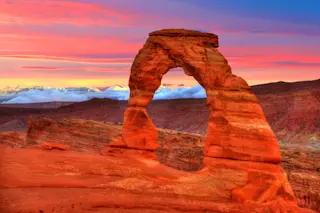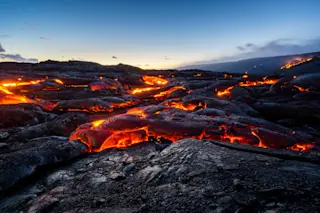Many of us can think back on beachside memories of playing architect and trying to build the perfect sand castle only to watch that sand fall to the shore, knocked down by wind and water.
But civilians and scientists alike have looked at natural landforms made from sand like the Delicate Arch or the Double Arch in Utah’s Arches National Park and wondered just how that sand managed to form something so massive and durable.
While many researchers have argued that stress placed on sediments by gravity can add to natural weathering, a study published Sunday in Nature Geoscience is the first to use numerical models and physical experiments to provide a mechanism that explains how increased stress stabilizes sediment in a way that allows it to morph into the awe-inspiring, resilient structures we see today.
Picking the Building Blocks
In order to study the mechanisms behind the formation of ...














